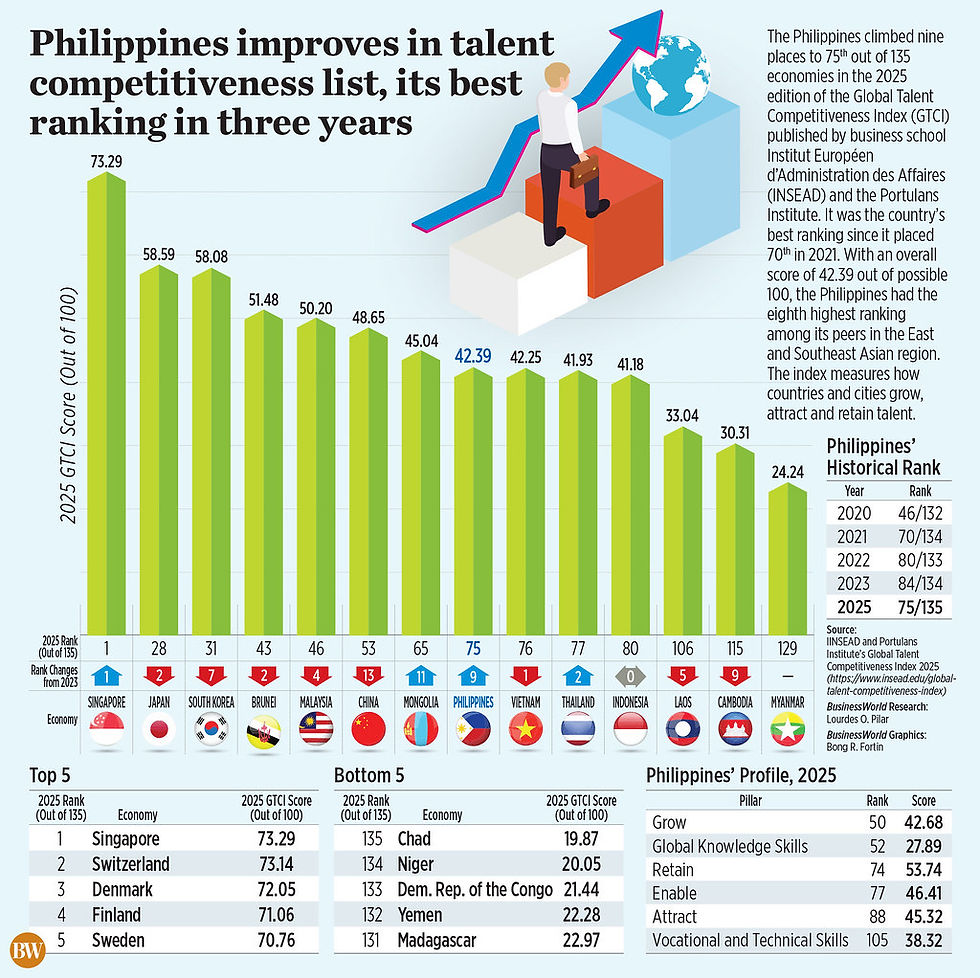- Ziggurat Realestatecorp

- 5 days ago
- 1 min read
The general increase of the Noche Buena items, as measured by the basket’s price index, rose by 1.8% annually this year, a turnaround from the 0.2% decline last year.
This brought the average price hike of the basket to 2.3% from 2012 to the present.
Since 2011, the Noche Buena price index has climbed by 27.3%.
BusinessWorld has been monitoring the annual price changes of the Noche Buena items through a price index that gauges how fast (or slow) the price of this representative basket of goods has risen (or fallen) over the years.
The prices of goods are based on the Department of Trade and Industry’s (DTI) list of suggested retail prices, where the earliest available data date back to 2011.

Source: Business World


